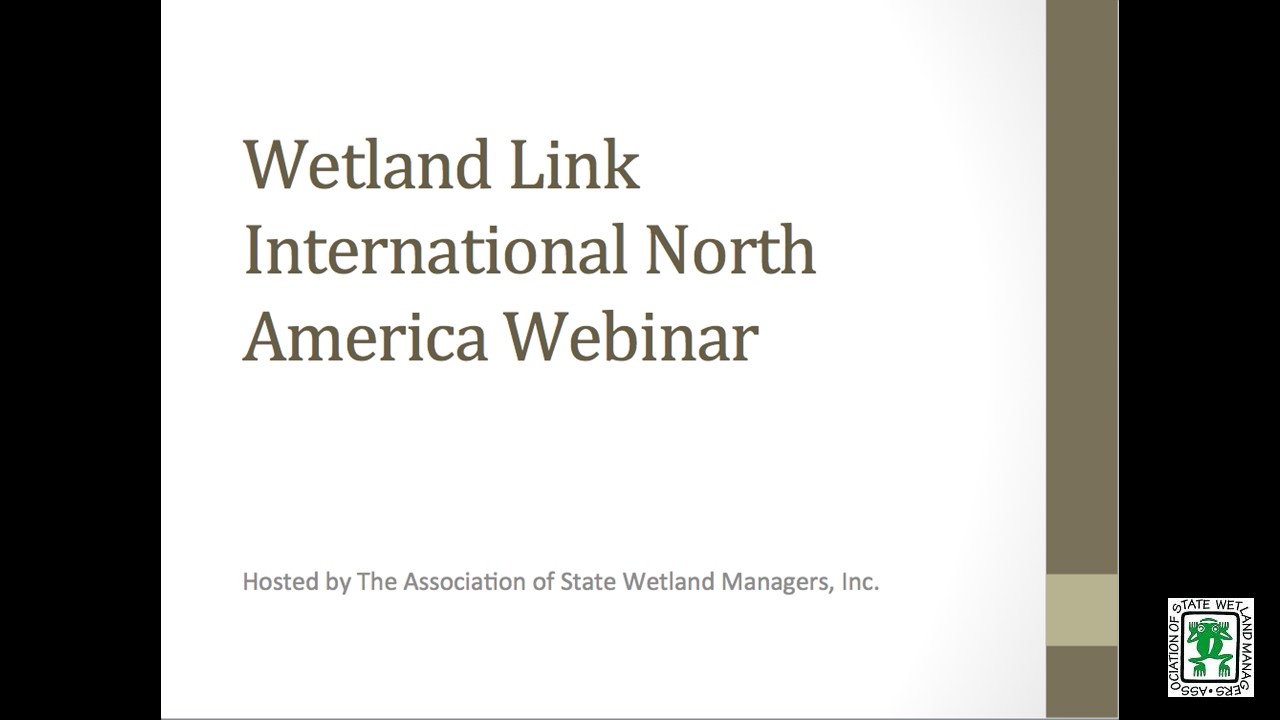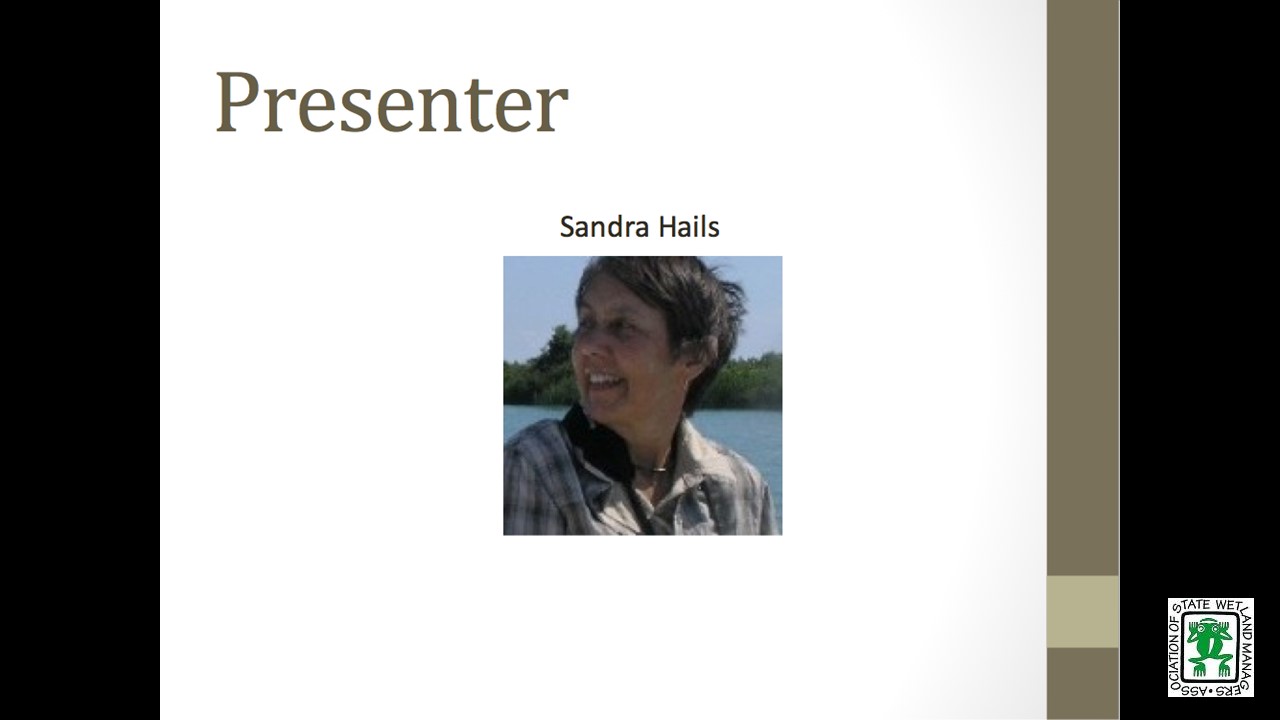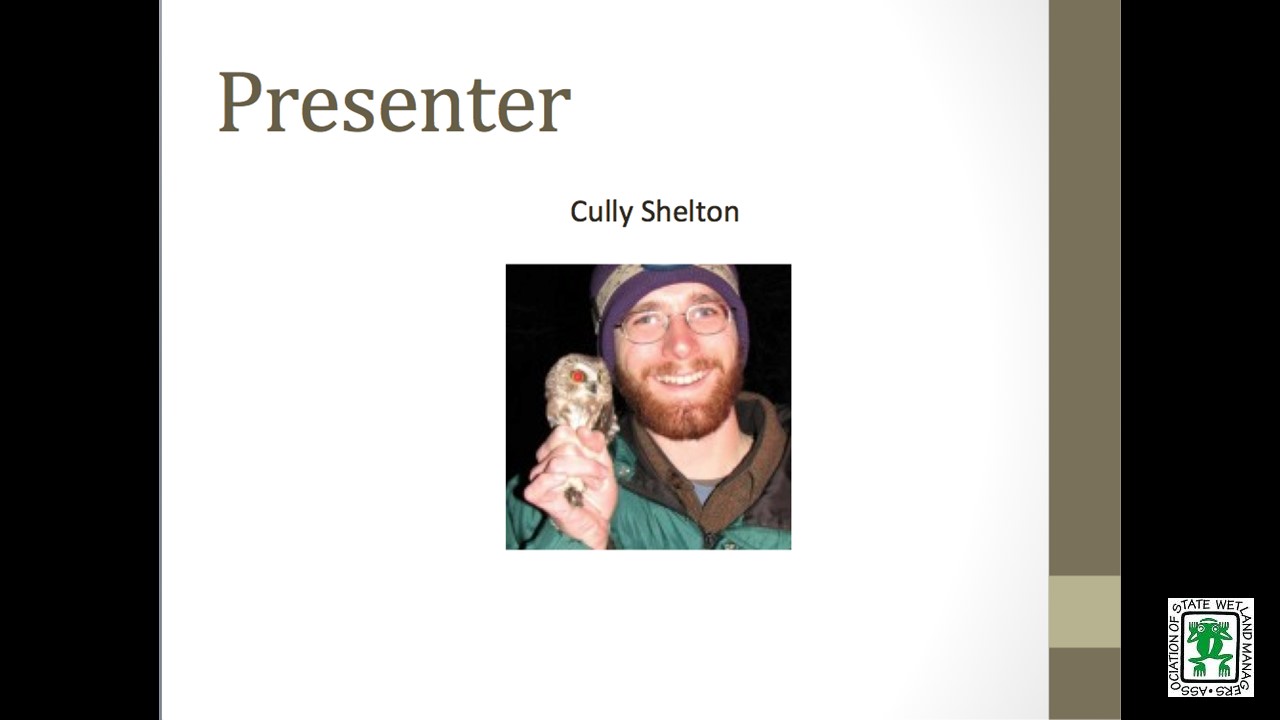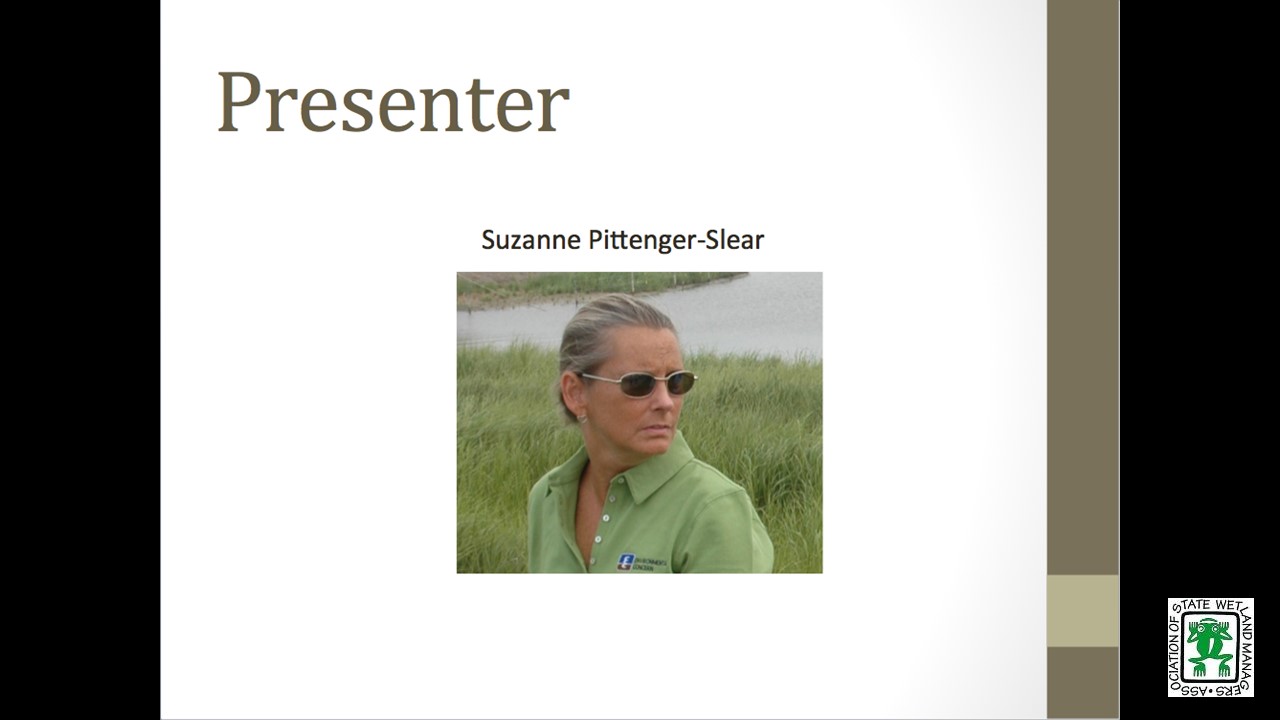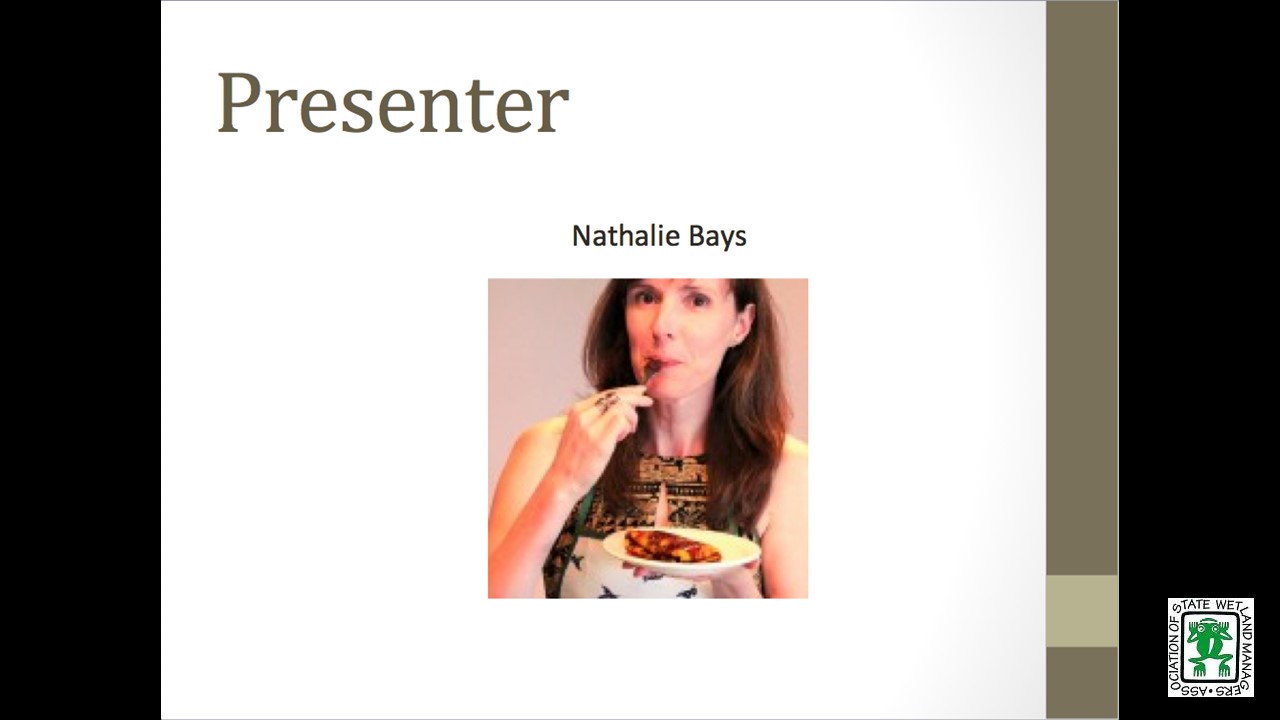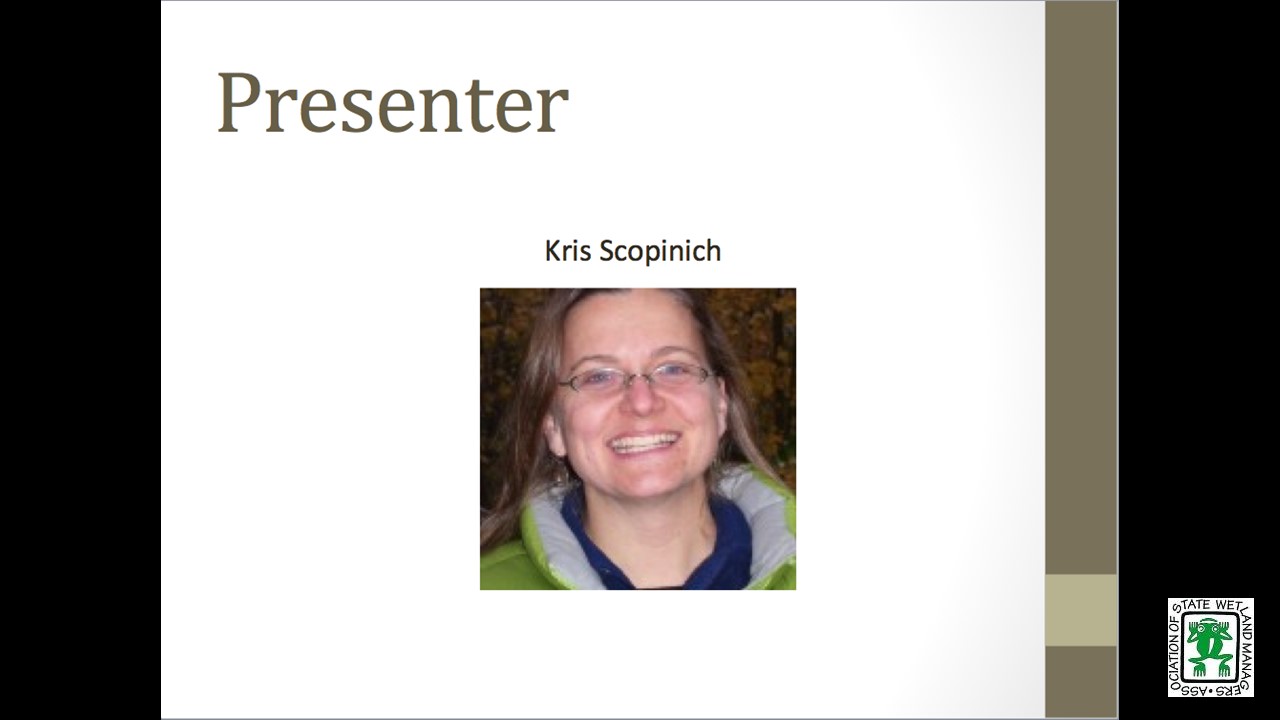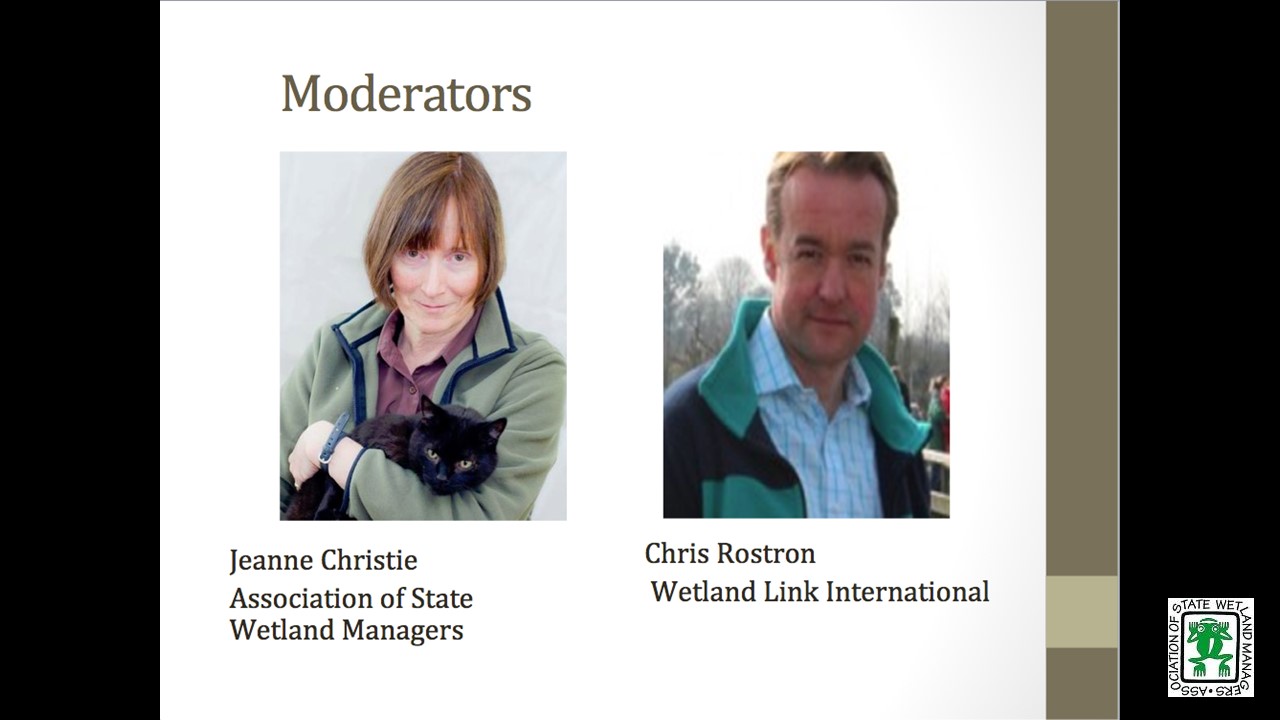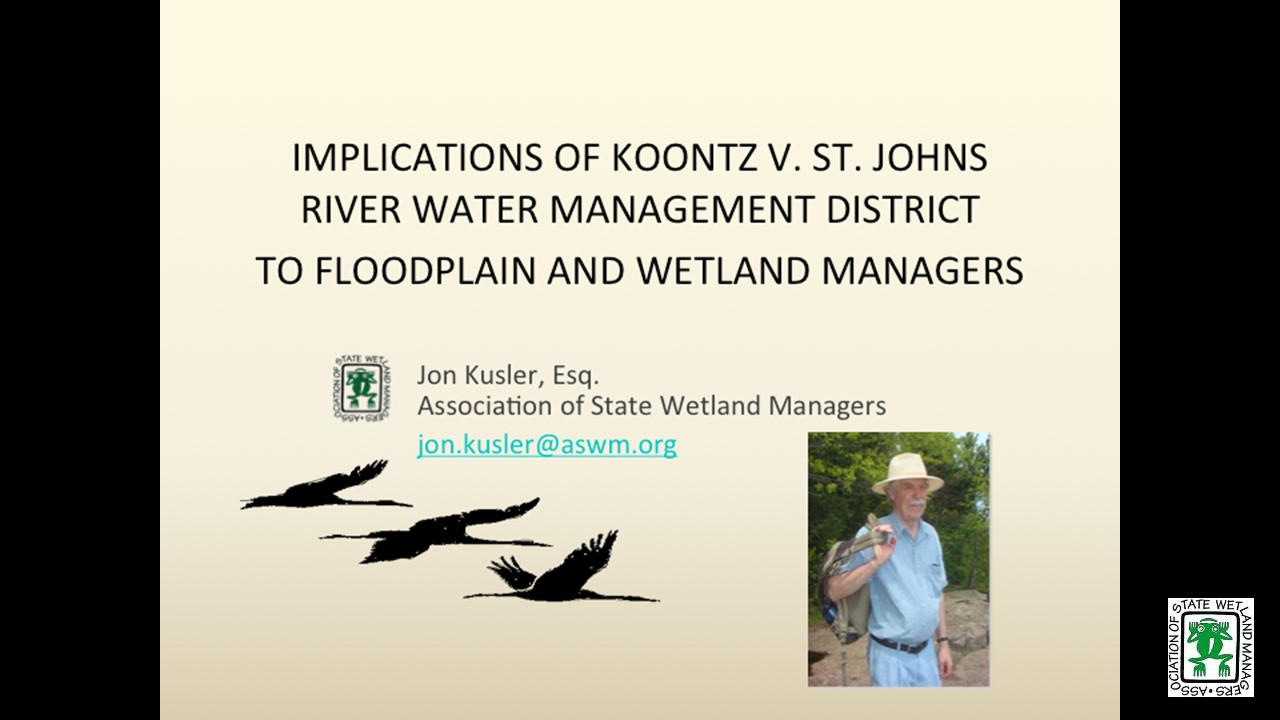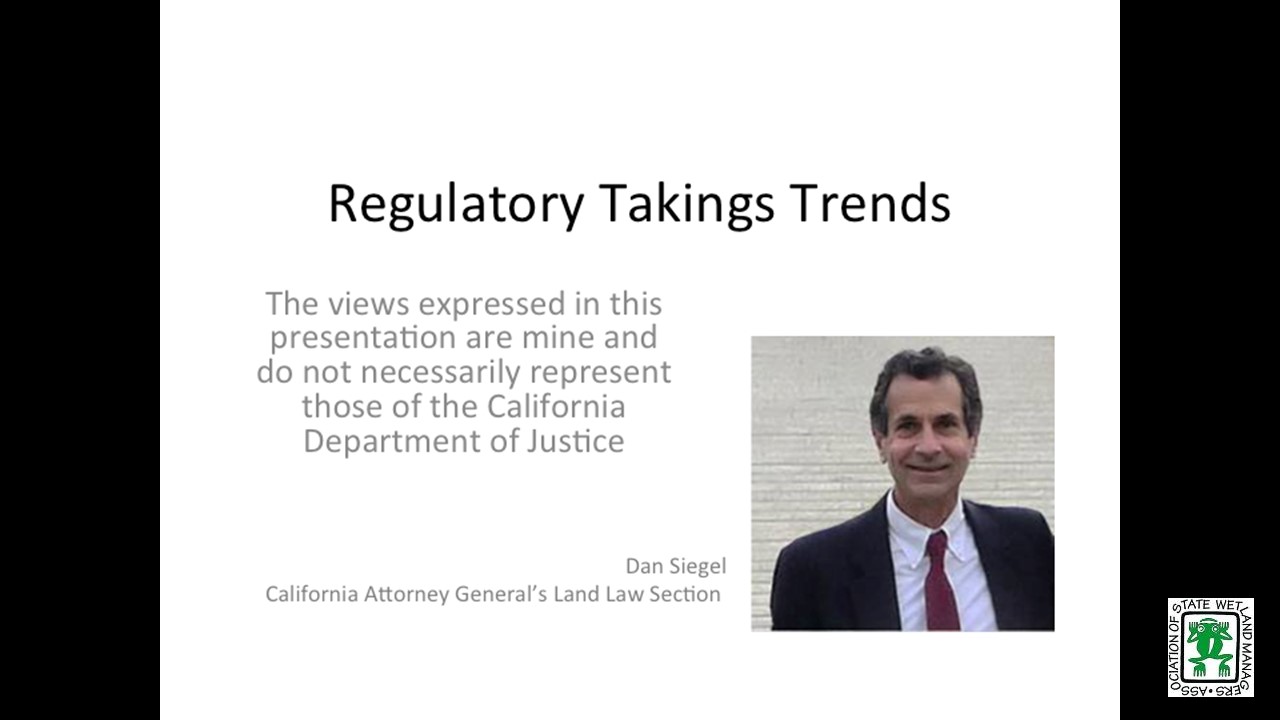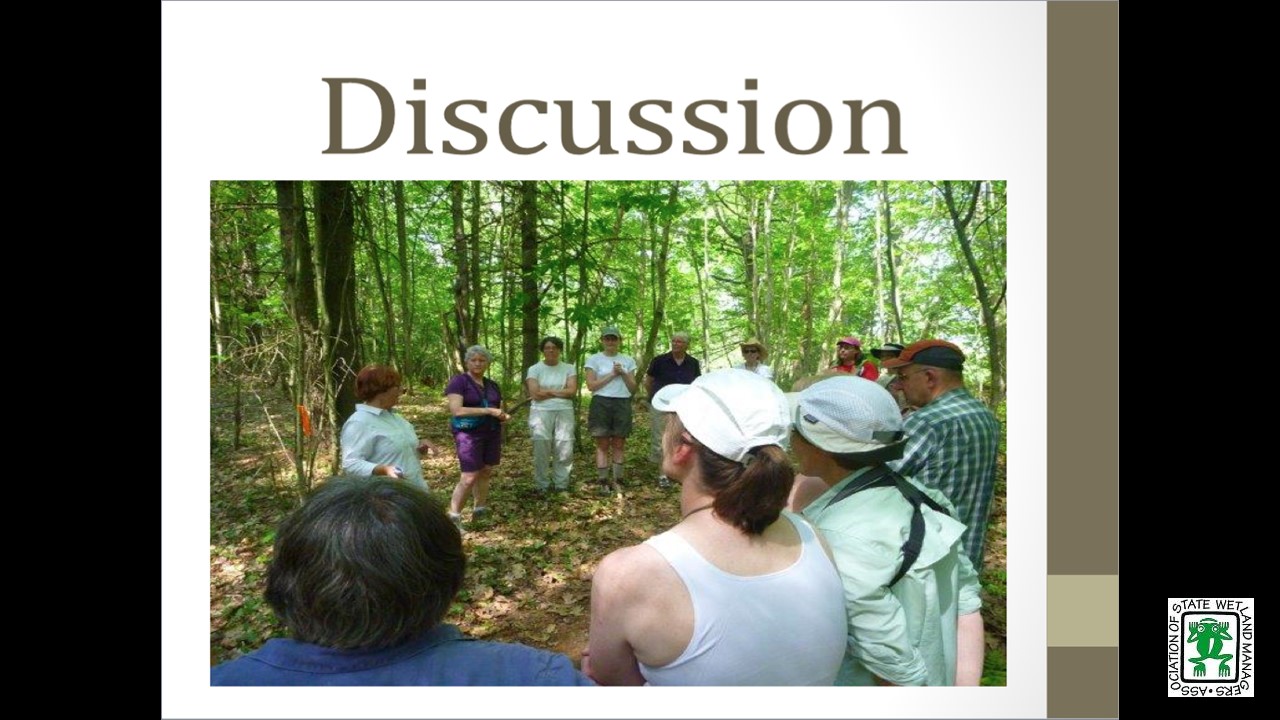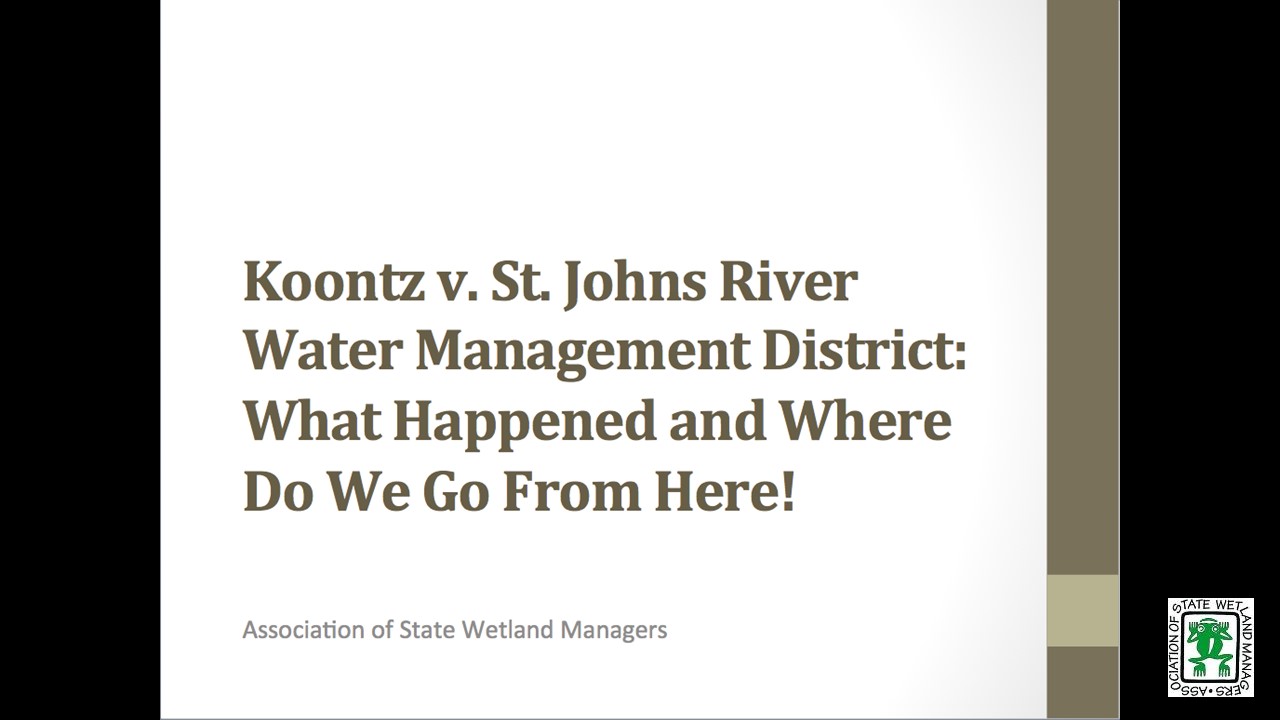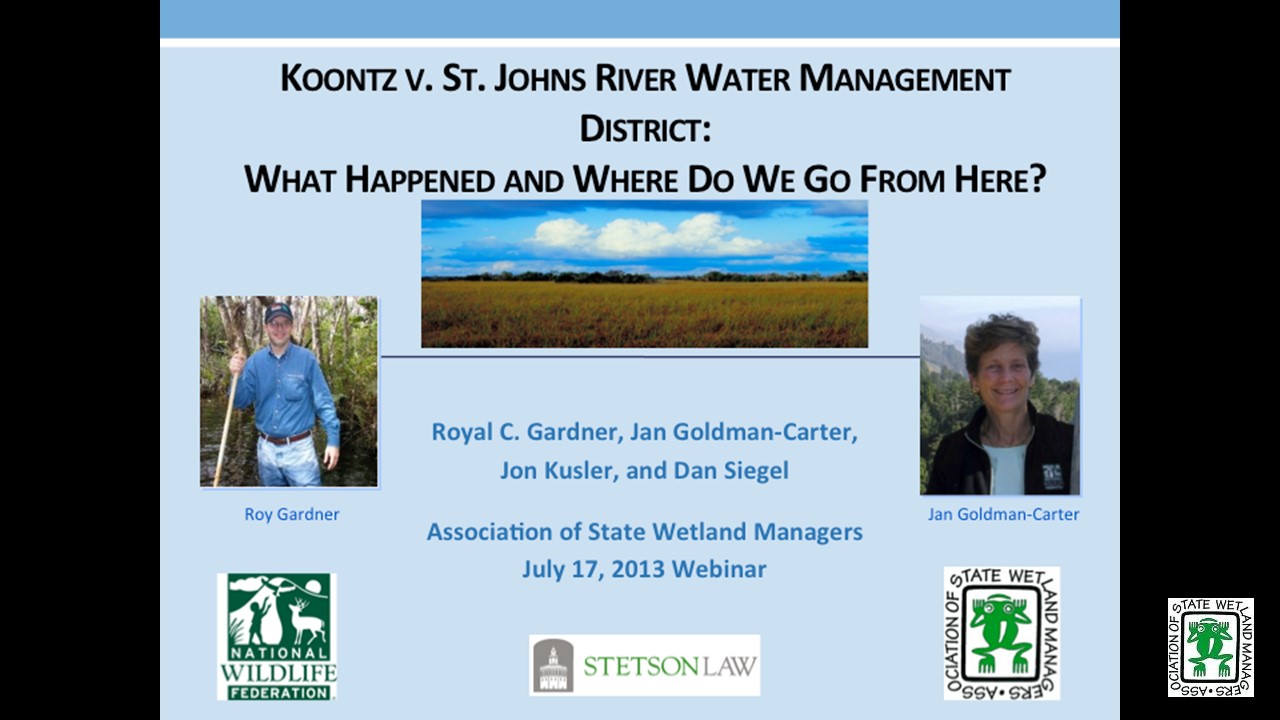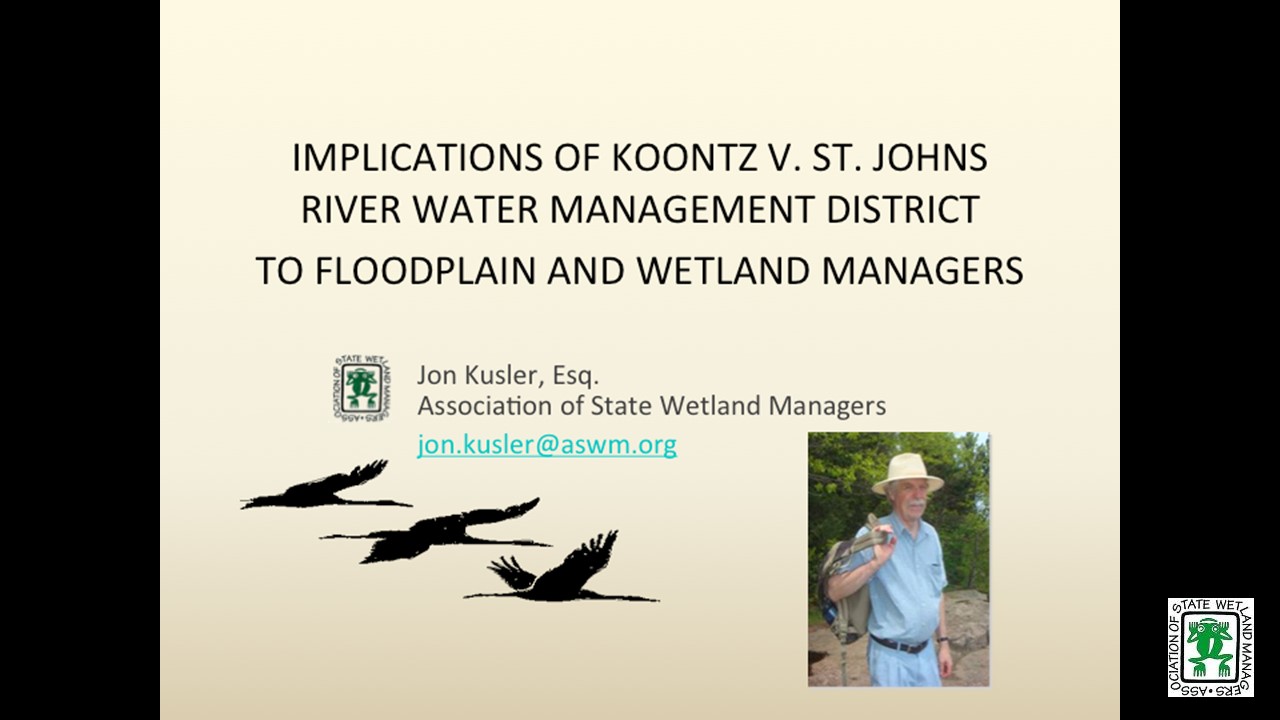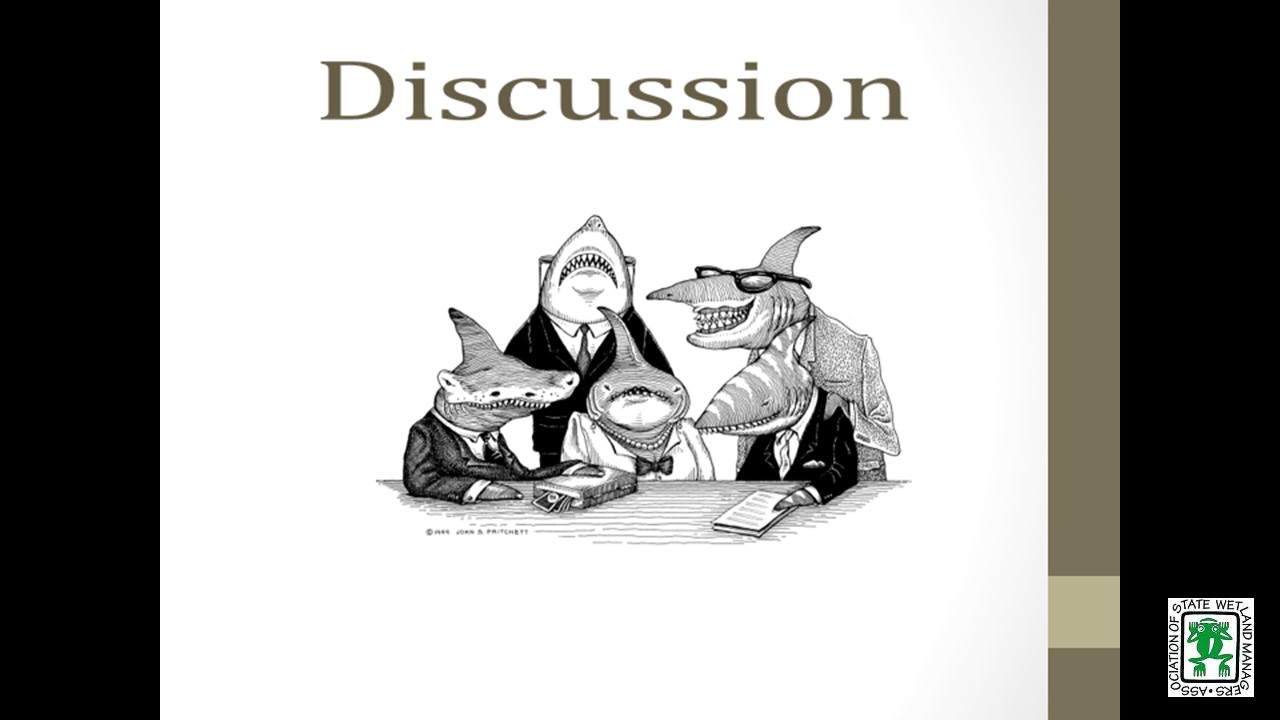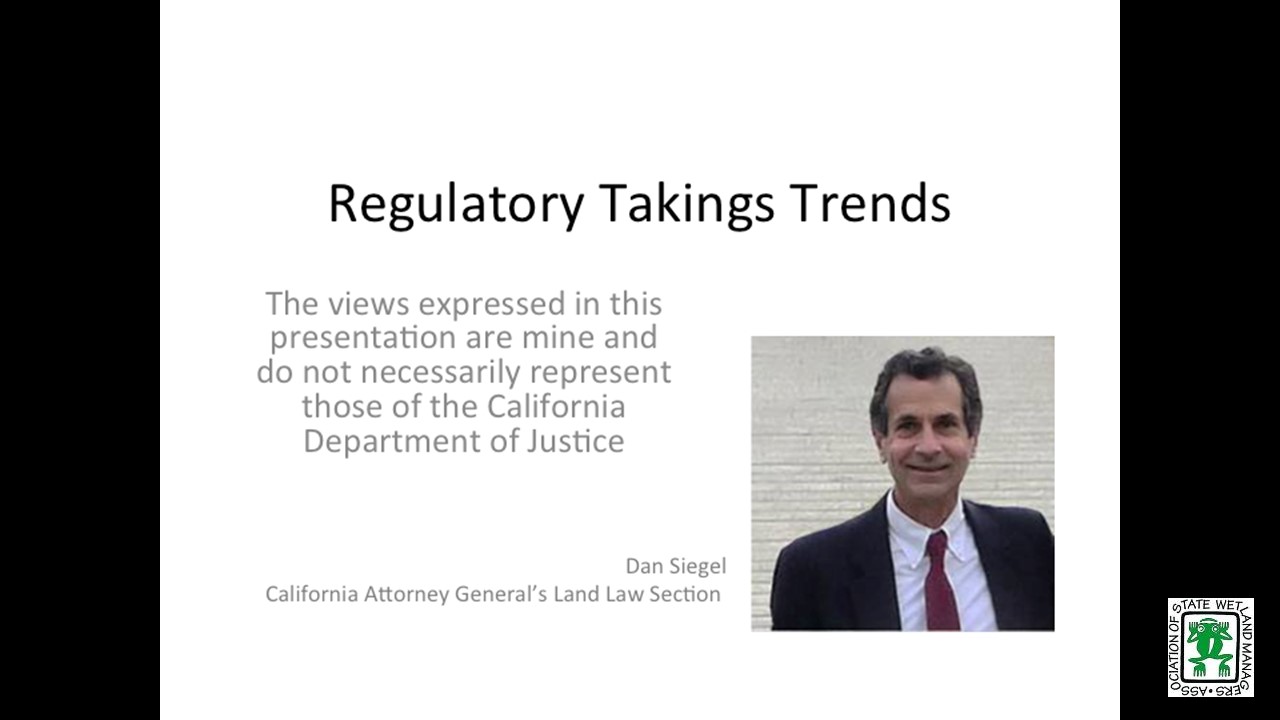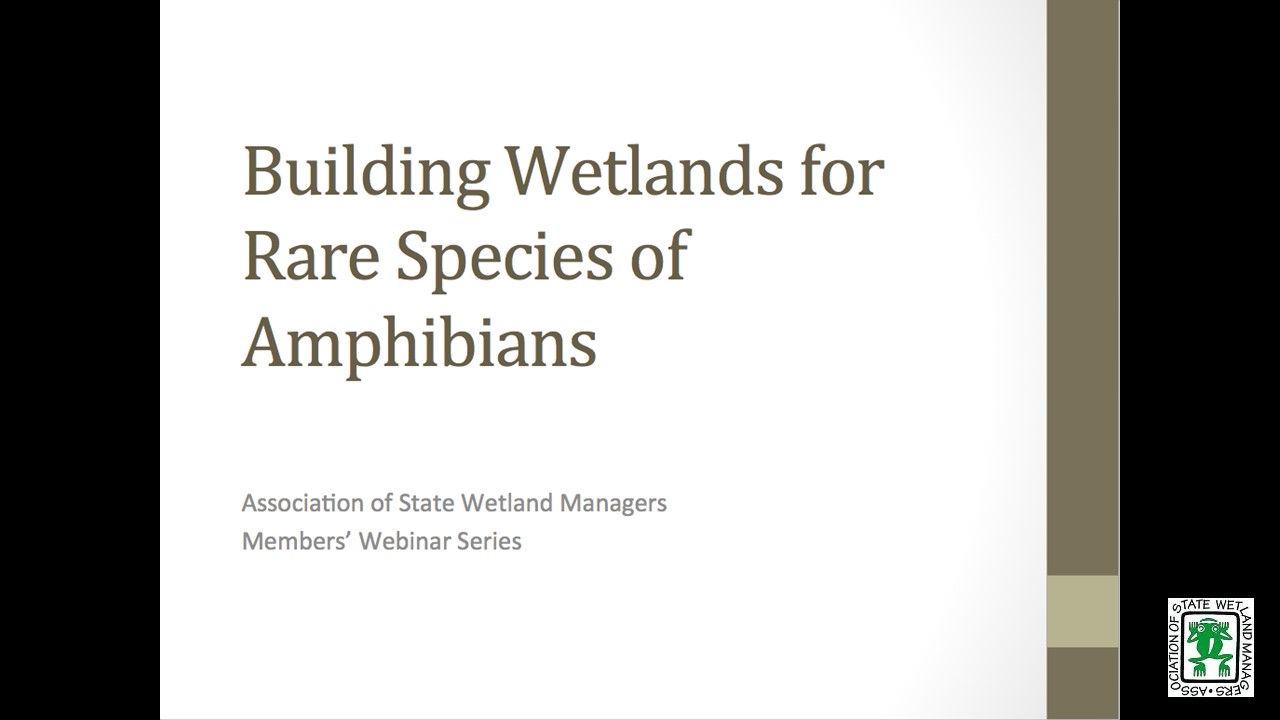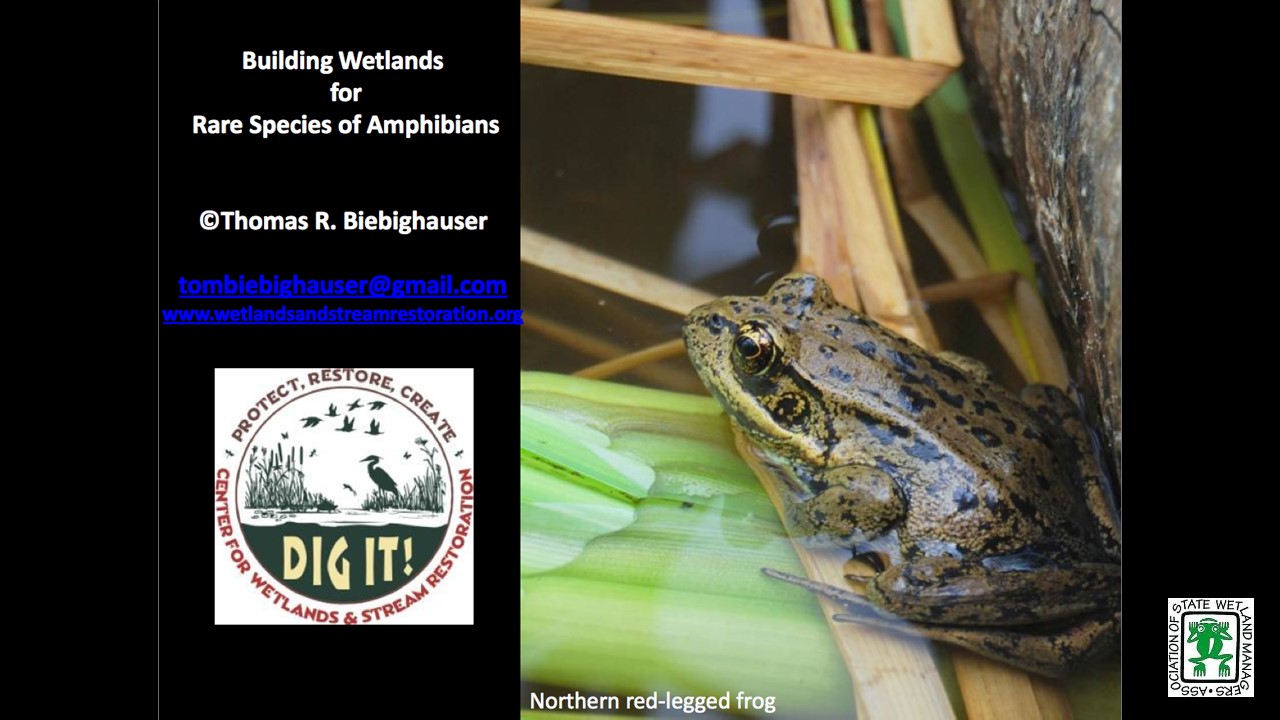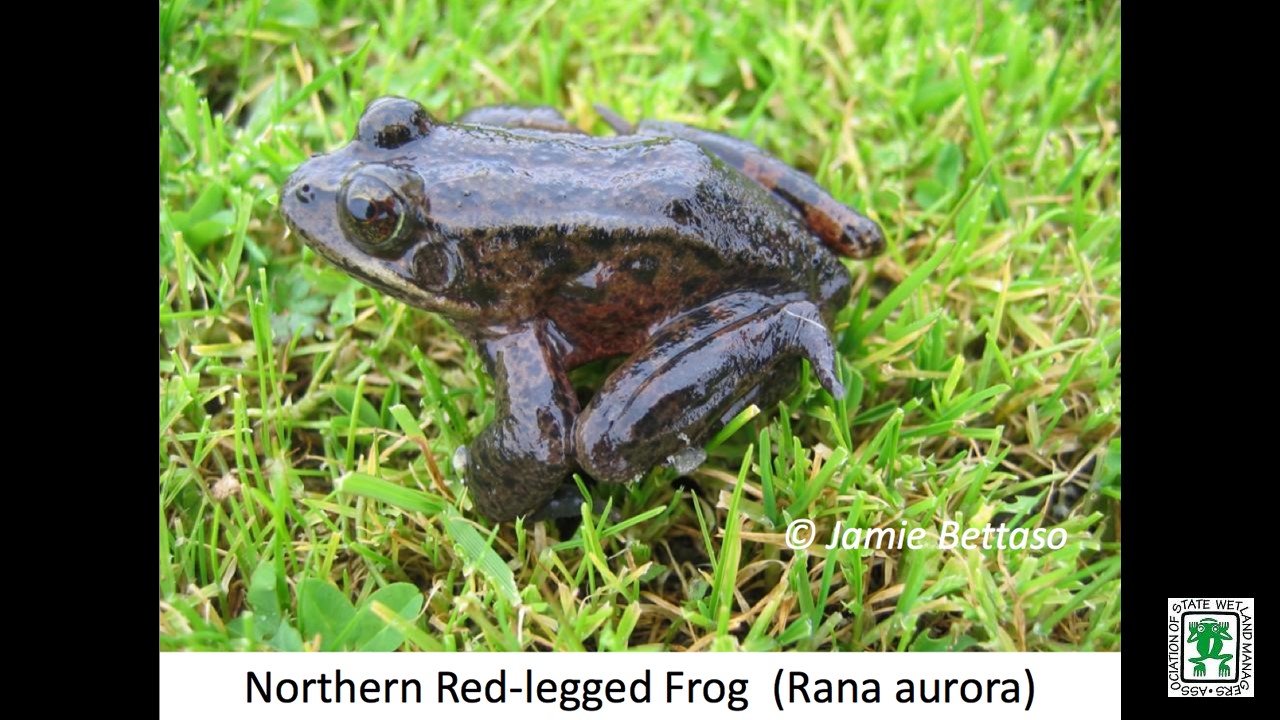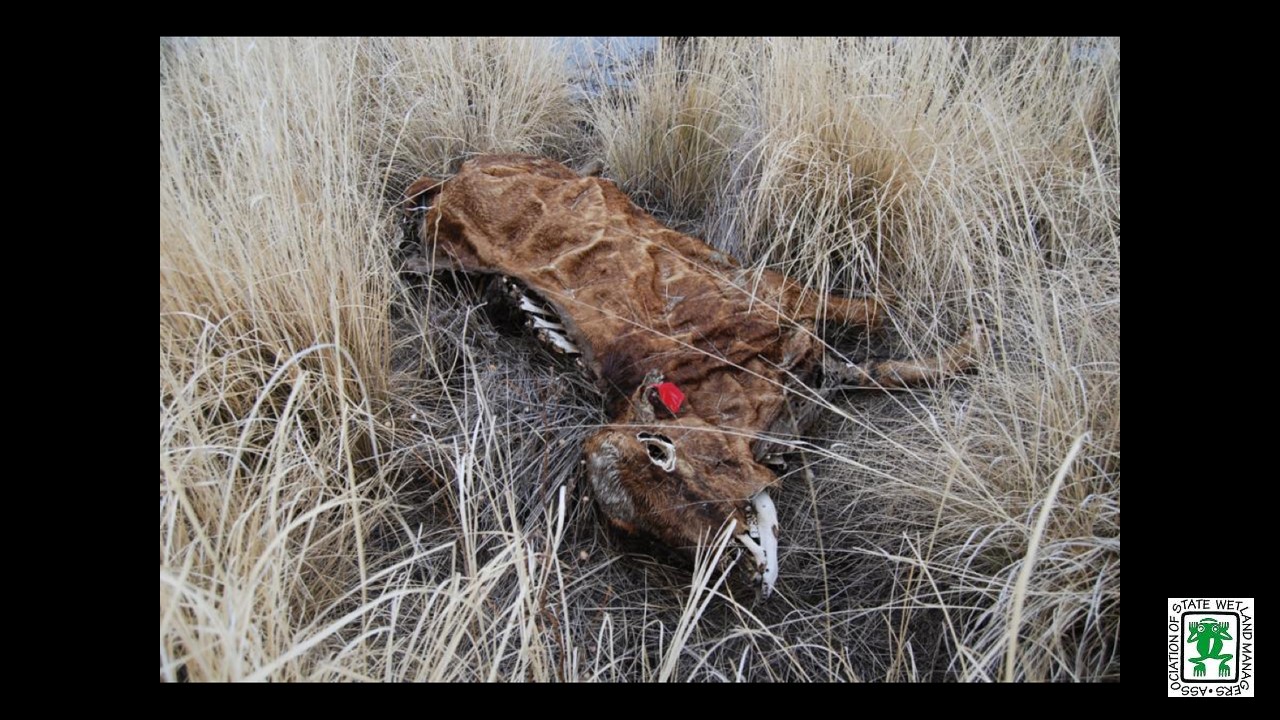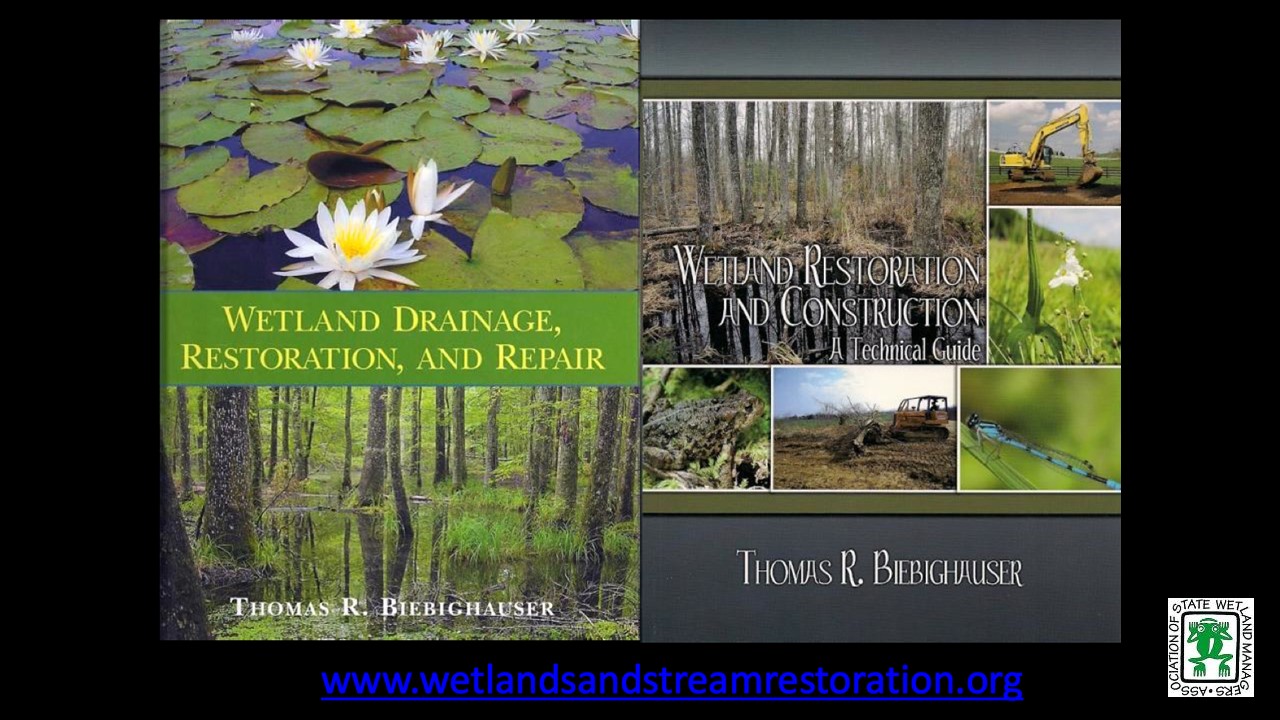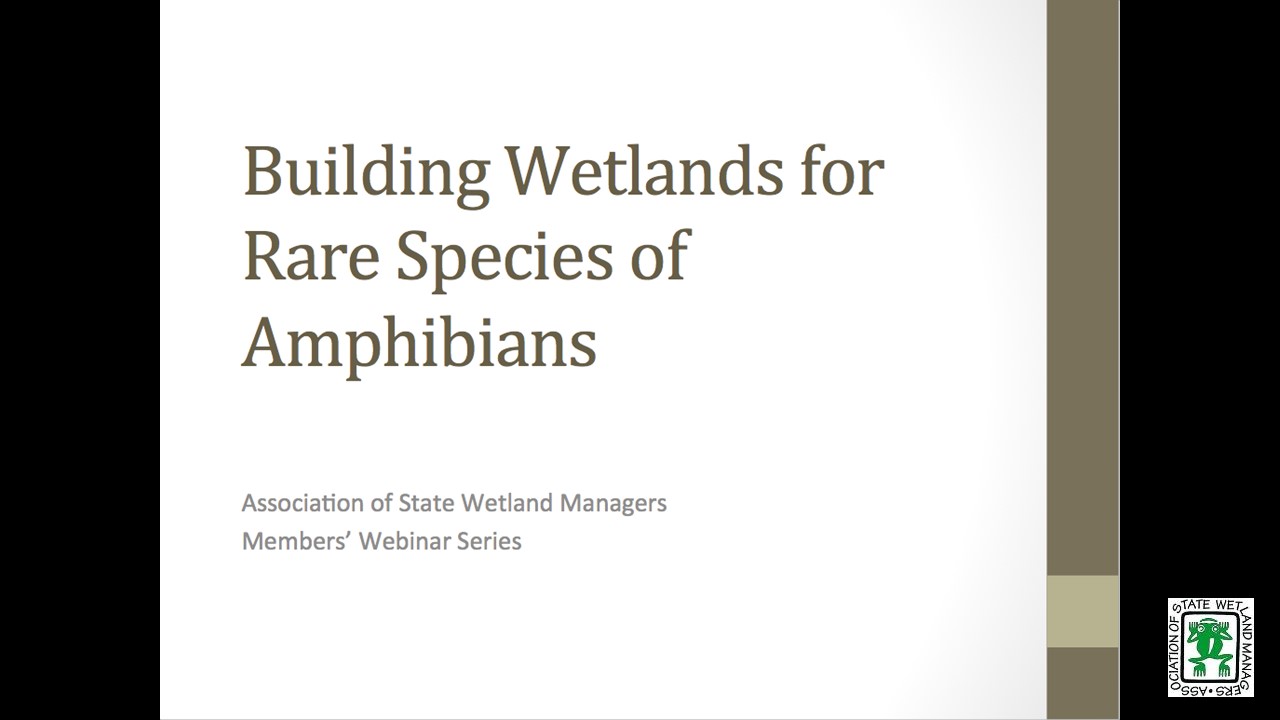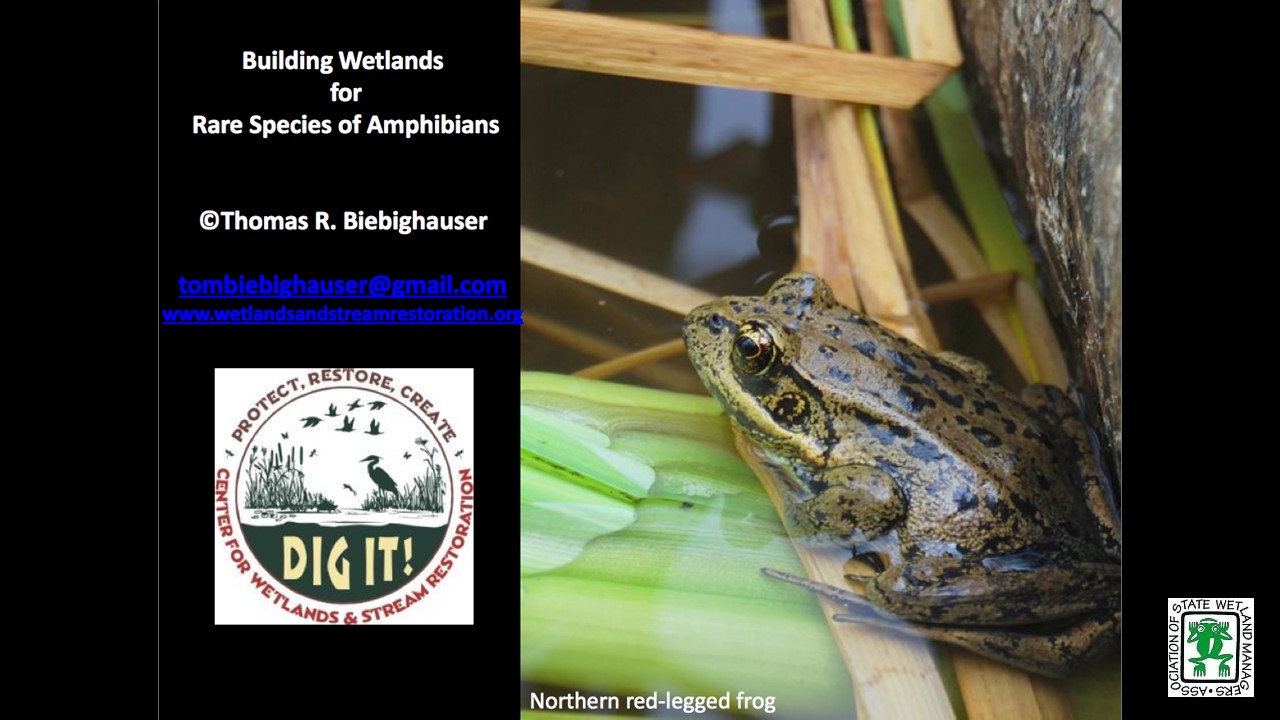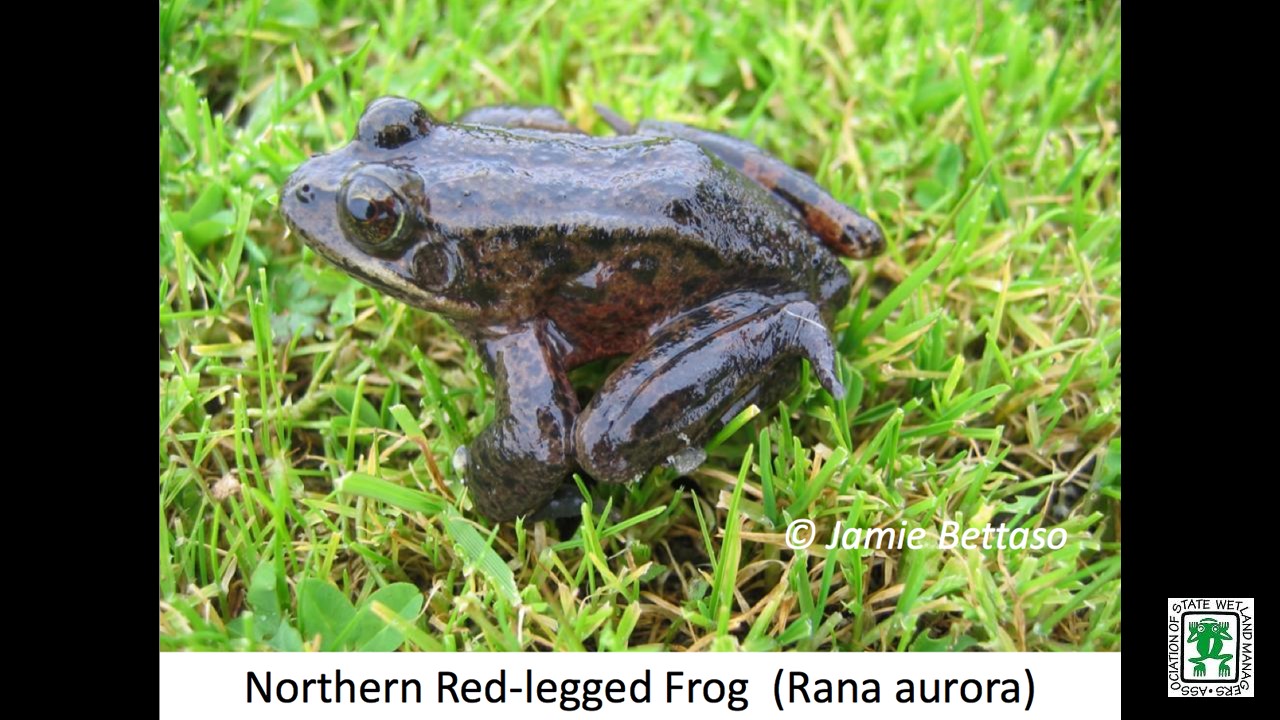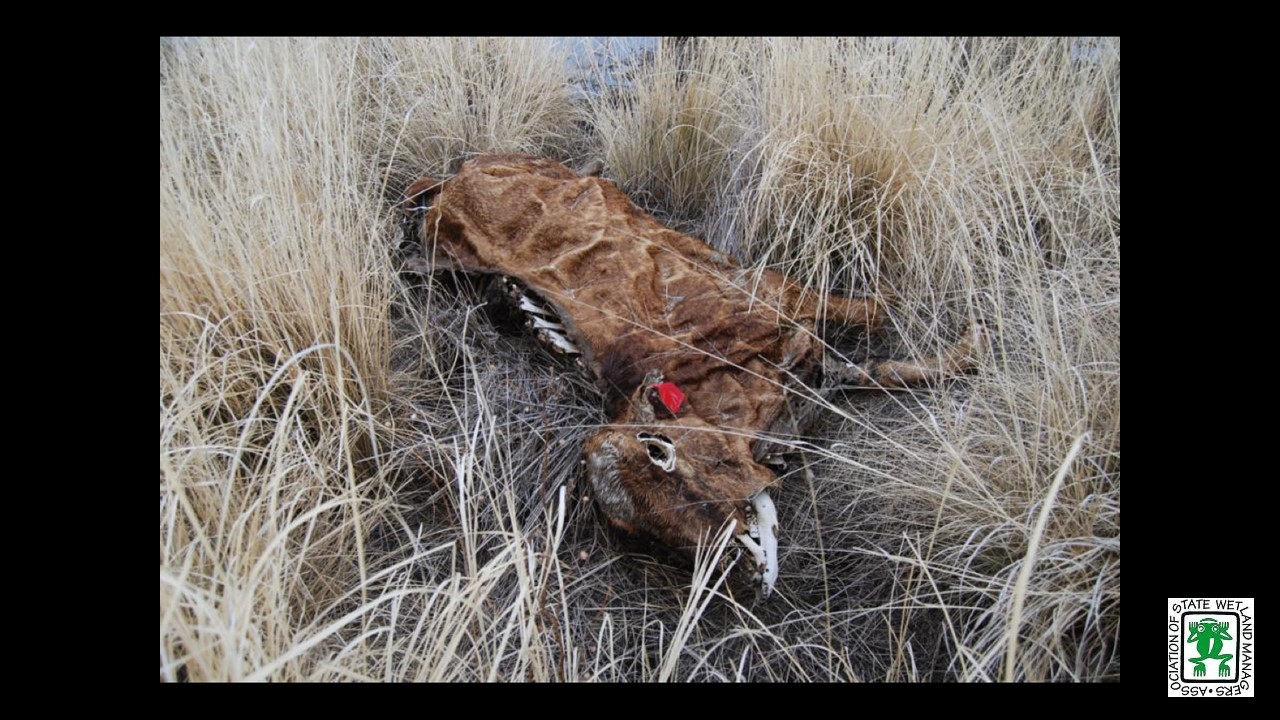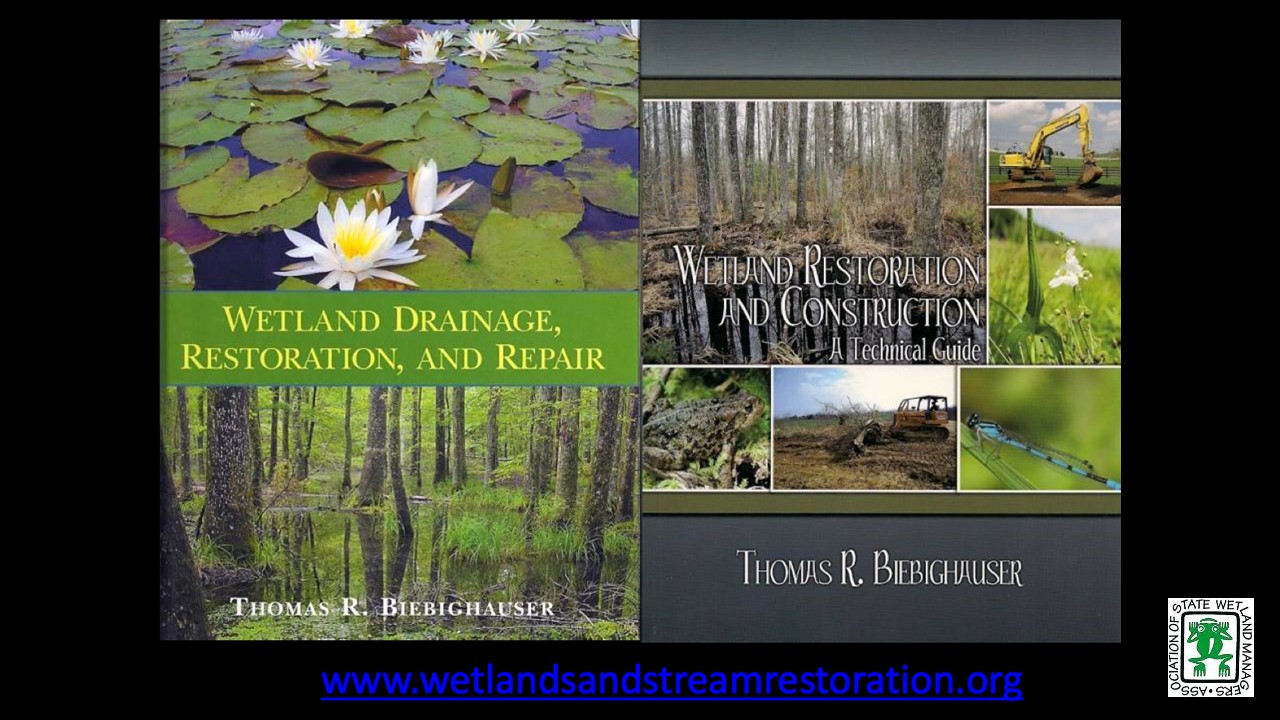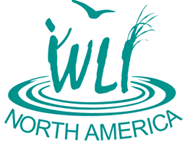 Wetland Link International North America
Wetland Link International North America
October 29, 2013 – 1:00 p.m. ET
The Association of State of Wetland Managers is a member of Ramsar U.S. Partnering with Wetland Link International to provide an opportunity for wetland education and interpretive centers in North America, we presented this webinar as a multi-national venue for sharing information and collaborating on issues of common concern. The webinar provided an opportunity to learn about wetland center activities in North America, discuss effective approaches, and think about building a Wetland Center Network in North America through Wetland Link International (WLI). This was a great chance to bring a broad range of people on wetland education and interpretation together. To review the agenda, please go here. For more information about Wetland Link International, please click here.
This webinar featureD presenters and participants from Canada, United States and United Kingdom, including educators, state wetland program staff, consultants, non-profit organizations and government agencies.
Please click only once on each video recording to view in this window.
![]()
 Koontz v. St. Johns River Water Management District: What Happened and Where Do We Go From Here
Koontz v. St. Johns River Water Management District: What Happened and Where Do We Go From Here
Wednesday, July 17, 2013
On June 23rd, the U.S. Supreme Court handed down a decision that is likely to be a significant property rights ruling. The 5-4 ruling expanded the application of "essential nexus" and "rough proportionality" from the earlier Nollan and Dolan decisions. It extended these tests to permit conditions requiring monetary payments — with no express limitation except as to taxes. This is a complicated case that is likely to be extremely challenging for government agencies, the public and the courts to interpret and apply. The Association of State of Wetland Managers is hosTED a 2-hour webinar with four expert lawyers to provide an overview of the decision and explore its potential implications for state, local and federal decision-making. There are three questions that were addressed during the webinar: 1) What does the decision say and what does it mean? 2) What actions or changes in program decision-making, permitting, planning, etc. should local, state and federal governments consider pursuing as a result of the decision? and 3) In light of Koonz and other recent Supreme Court decisions, is there a shift in takings law and, if so, what does that mean for state and local government?
Agenda
INTRODUCTION
- Jeanne Christie, Association of State of Wetland Managers [PRESENTATION PDF]
- First Question: What does the decision say and what does it mean? Royal C. Gardner, Stetson University College of Law and Jan Goldman-Carter, National Wildlife Federation
Reaction and Discussion; Jon Kusler, Dan Siegel, Jan Goldman-Carter and Roy Gardner (20 minutes) - Second Question: What action or changes in program decision-making, permitting, planning, etc. should local, state and federal governments consider pursuing as a result of the decision? Jon Kusler, Association of State Wetland Managers
Reaction and Discussion; Dan Siegel, Jan Goldman-Carter Roy Gardner and Jon Kusler
- Third Question: In light of Koonz and other recent Supreme Court decisions, is there a shift in takings law and, if so, what does that mean for state and local government? Dan Siegel, Attorney General's Office, California
Reaction: Jan Goldman-Carter Roy Gardner, Jon Kusler and Dan Siegel
Closing Comments
Please click only once on each video recording to view in this window.
![]() Building Wetlands for Rare Species of Amphibians
Building Wetlands for Rare Species of Amphibians
Wednesday, May 29, 2013 – 3:00 p.m. EST
INTRODUCTION
- Jeanne Christie, ASWM [PRESENTATION PDF]
PRESENTER
- Tom Biebighauser, U.S. Forest Service [PRESENTATION PDF]
ABSTRACT
Designing Wetlands for Rare Amphibians
Populations of certain amphibians are in steep decline. Chytridiomycosis fungus, urban development, and global warming are appearing to spell doom for many species. The good news is that something can be done to help rare species of amphibians by restoring wetlands. You’ll see how wetlands can be designed and built to provide habitat for the wood frog, four-toed salamander, Chiricahua leopard frog, red-legged frog, eastern spadefoot, and great basin spadefoot.
BIO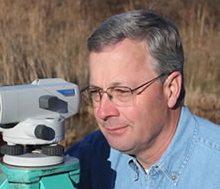 Tom Biebighauser is an ASWM member who works as a Wildlife Biologist for the U.S. Forest Service. He has restored over 1,500 wetlands in 20-States and 2-Canadian Provinces, assisting thousands of private landowners and agency personnel with the design and construction of wetlands for improving wildlife and fish habitat. He teaches practical, hands-on workshops across North America where participants learn about wetland restoration and drainage by becoming involved in the design and construction of naturally appearing and functioning wetlands. Tom has written three books about restoring wetlands A Guide to Creating Vernal Ponds in 2003, Wetland Drainage, Restoration, and Repair in 2007, and Wetland Restoration and Construction - A Technical Guide, in 2011. Photos showing some of the wetlands he has built are available for viewing here. You may contact him at tombiebighauser@gmail.com
Tom Biebighauser is an ASWM member who works as a Wildlife Biologist for the U.S. Forest Service. He has restored over 1,500 wetlands in 20-States and 2-Canadian Provinces, assisting thousands of private landowners and agency personnel with the design and construction of wetlands for improving wildlife and fish habitat. He teaches practical, hands-on workshops across North America where participants learn about wetland restoration and drainage by becoming involved in the design and construction of naturally appearing and functioning wetlands. Tom has written three books about restoring wetlands A Guide to Creating Vernal Ponds in 2003, Wetland Drainage, Restoration, and Repair in 2007, and Wetland Restoration and Construction - A Technical Guide, in 2011. Photos showing some of the wetlands he has built are available for viewing here. You may contact him at tombiebighauser@gmail.com
Please click only once on each video recording to view in this window.
PDF List of Past Hot Topics Webinar Recordings
View Upcoming Hot Topics Webinars

